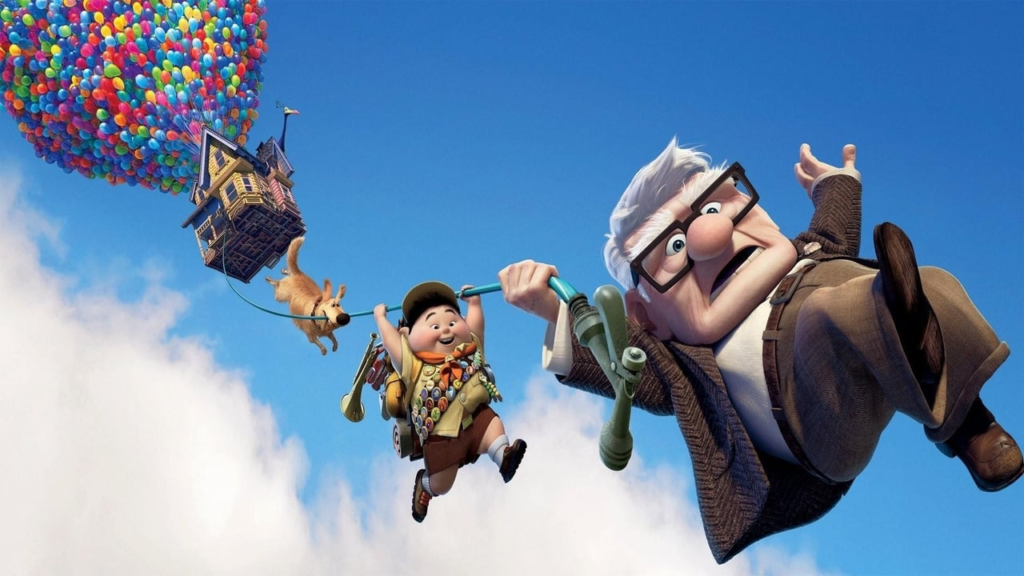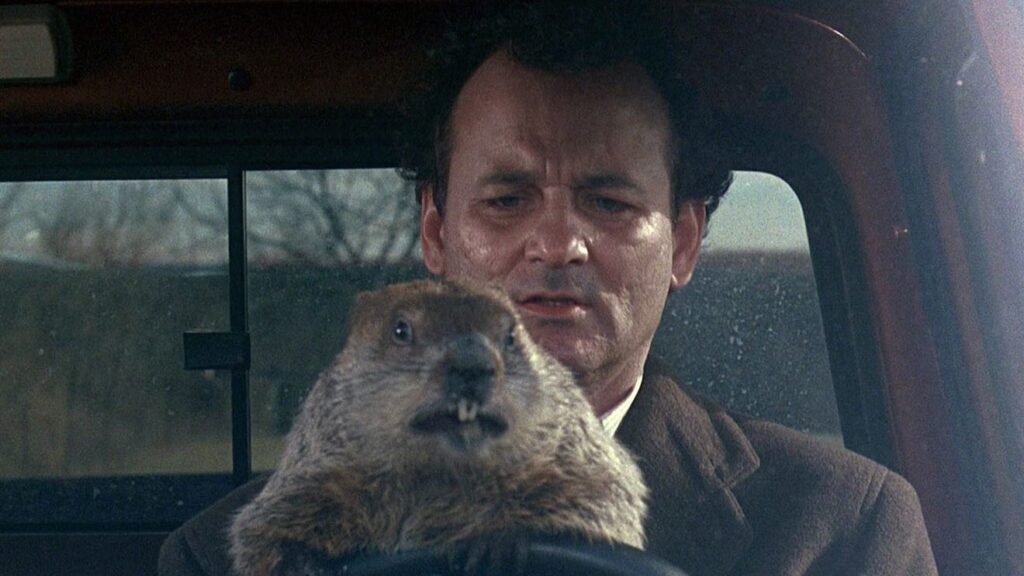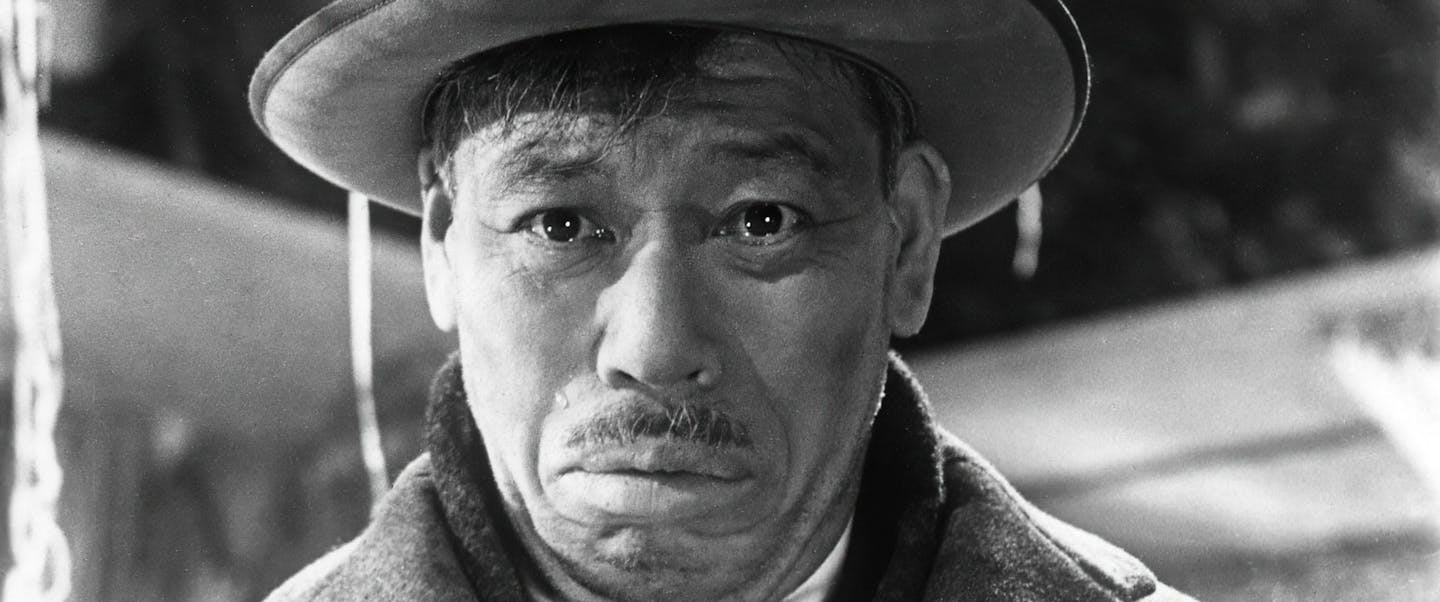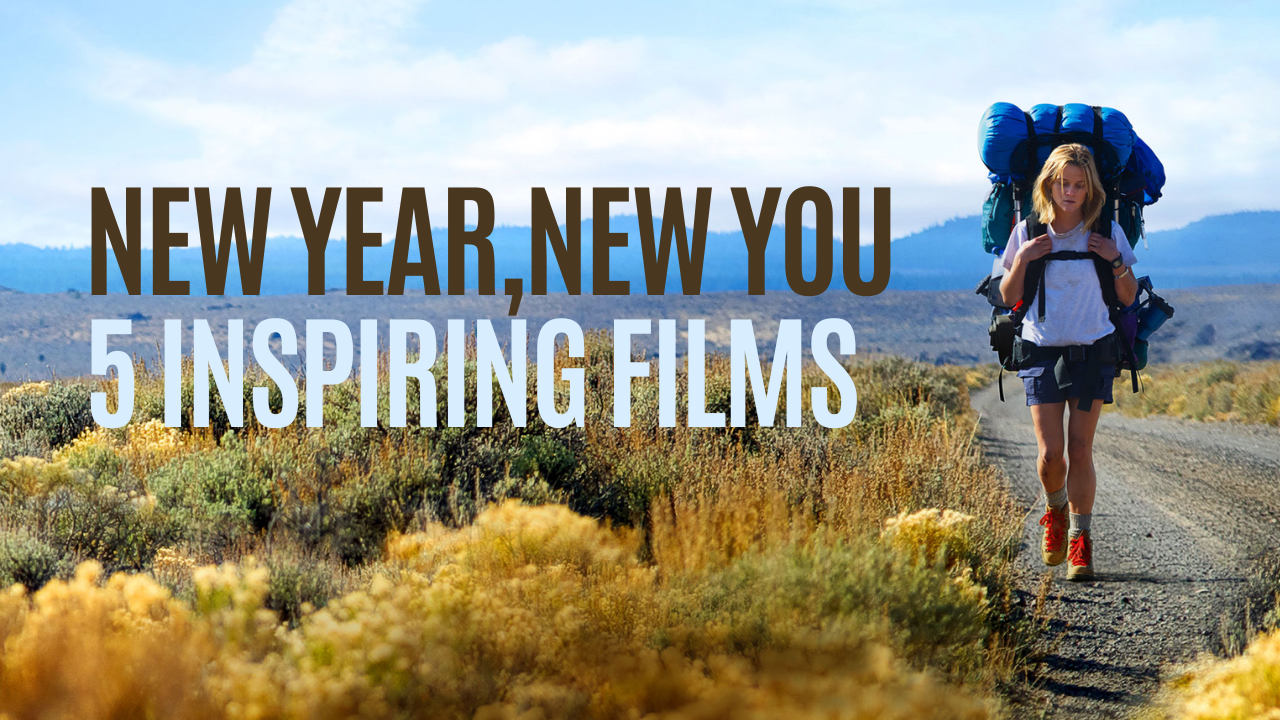As the clock strikes midnight on New Year’s Eve, a wave of optimism washes over millions, transforming us into aspiring protagonists in our own life stories. But why does January 1st hold such magnetic power over our desire for change?
From ancient Babylonians making divine promises to modern-day gym membership spikes, the allure of a fresh start is timeless. Yet, while our ancestors feared godly disapproval, today’s resolution-makers face a different nemesis: the dreaded mid-February motivation slump.
A little inspiration can make a world of difference, and that’s where movies come in. They offer more than just entertainment; they can provide vital insights and inspiration for self-improvement. Through compelling stories and characters, films can help us reflect on our own lives and motivate us to make positive changes.
While common resolutions often revolve around career advancements or fitness goals, there’s power in setting smaller, transformative objectives that gradually enhance your daily life. The key lies in maintaining momentum, and that’s where a dash of motivation can make all the difference.
We’ve curated five films that will surely fan the flames of your New Year’s ambitions. These stories wrapped in cinematic magic offer more than mere distraction; they provide valuable lessons to propel you towards meaningful change.
So, grab your popcorn and prepare for a cinematic journey of self-discovery. Because sometimes, the most profound changes start with a simple story and an open mind.
Resolution #1: Embrace Adventure
Up (2009)

Imagine a house floating serenely through the clouds, buoyed by thousands of colorful balloons. This whimsical image from Pixar’s Up serves as a powerful metaphor for embracing life’s adventures, no matter our age or circumstances.
The film’s protagonist, Carl Fredricksen, a 78-year-old widower, transforms from a grumpy recluse into an unlikely adventurer, teaching us that it’s never too late to chase our dreams. Carl’s journey begins with a daring escape from the mundane – quite literally lifting his house off its foundations to fulfill a lifelong dream shared with his late wife, Ellie.
As he floats towards Paradise Falls, Carl unwittingly picks up an enthusiastic young stowaway named Russell. This odd couple’s ensuing adventure becomes a testament to the unexpected joys that await when we open ourselves to new experiences and connections.
The film’s narrative beautifully illustrates our resolution: to embrace adventure and life fully. It challenges us to consider: What dreams have we left dormant? What comfort zones, routines, or fears are we willing to let go of to pursue something extraordinary?
Embracing this resolution doesn’t require a house full of helium balloons. It might mean finally trying out that new hobby, striking up a conversation with a stranger, or taking a different route home from work. The key lies in cultivating a spirit of curiosity and openness, much like Russell’s infectious enthusiasm that gradually melts Carl’s icy exterior.
As Carl discovers, stepping out of our comfort zones can lead to remarkable personal growth. We might uncover hidden strengths, forge unexpected friendships, or find new passions. These experiences build resilience, enhance problem-solving skills, and broaden our perspectives in ways that routine living simply cannot match.
Up reminds us that life’s most meaningful adventures often come disguised as challenges or unwelcome surprises. Carl’s journey teaches us to approach change not with fear, but with a sense of wonder and possibility. By adopting this mindset, we transform everyday moments into opportunities for growth.
Resolution #2: Focus on the Present
Groundhog Day (1993)

Have you ever felt stuck in a rut, going through the motions day after day? In the comedy classic Groundhog Day, Phil Connors experiences this sensation quite literally. This cynical weatherman finds himself caught in a time loop, forced to relive February 2nd over and over again in the quaint town of Punxsutawney.
What starts as a bewildering curse becomes a profound exploration of mindfulness and personal growth. The film’s brilliance lies in how it aligns perfectly with our resolution to focus on living in the present moment.
Phil initially rebels against his predicament, indulging in hedonistic pursuits and cynical manipulation. Sound familiar? It’s akin to how we perpetually keep ourselves distracted and fail to appreciate the present. But as Phil’s journey unfolds, he discovers a fundamental truth: the key to breaking free lies not in escaping his circumstances, but in fully embracing them.
The movie beautifully illustrates how mindfulness can transmute the ordinary into the extraordinary. Phil’s transformation begins when he starts paying attention – really paying attention – to the people and events around him. He learns to play the piano, to sculpt ice, to save lives. Each day becomes an opportunity for growth, connection, and meaning.
This is the essence of our resolution: to cultivate a deep awareness of the present. It’s about savoring the aroma of your morning coffee, truly listening when a friend speaks, or feeling the sun on your face during a midday walk. These seemingly small acts of mindfulness can profoundly alter our perception of life.
Groundhog Day teaches us that true change comes not from altering our external circumstances, but from shifting our internal perspective. Phil’s endless loop only breaks when he learns to approach each repetition with fresh eyes and an open heart. Similarly, our lives can become richer and more fulfilling when we learn to treat each day, each moment, as a canvas for new experiences and meaningful connections.
Resolution #3: Help Others Selflessly
Ikiru (1952)

What would you do if you only had a few months left to live? For most of us, this news would spark a frenzy of bucket list adventures. But for Kanji Watanabe in Ikiru, it’s the catalyst for a profound journey of self-discovery and purpose. The film’s title, meaning “To Live” in Japanese, isn’t just clever wordplay – it’s a challenge to all of us.
As Watanabe grapples with his terminal diagnosis, he befriends his former employee who traded in her soul-sucking bureaucratic job for work in a toy factory. Despite the challenging position, she finds joy and a sense of purpose in creating happiness for children. It’s this simple revelation that sets Watanabe on his path to redemption.
Inspired, he embarks on a mission to build a children’s park in a poor neighborhood. His dedication to this project becomes all-consuming, as he navigates bureaucratic red tape and overcomes numerous obstacles. Through his efforts, we see a man transformed – no longer merely existing, but truly living by devoting himself to a cause greater than himself.
Ikiru doesn’t shy away from the harsh realities of selfless service. After Watanabe’s death, we see politicians shamelessly trying to claim credit for the park’s creation. But their self-serving lies are transparent to the citizens who witnessed Watanabe’s tireless efforts. This serves as a stark reminder that true service isn’t about recognition or accolades.
This point is driven home in the film’s poignant final shot. We see children playing joyfully in the park, blissfully unaware of the man who made it all possible. It’s a powerful message: what matters isn’t that people know you did good, but that good was done. The impact of our actions far outweighs any recognition we might receive.
We don’t need to undertake grand projects to make a difference. Small, consistent acts of kindness can have a profound impact on those around us. When was the last time you volunteered for a local cause or helped a neighbor in need?
Even seemingly minor gestures like holding the door for someone or offering a sincere compliment can brighten someone’s day. The goal is to shift our focus from self to service. Because in doing so, we enrich not only the lives of others but our own as well.
Resolution #4: Enjoy Nature (AKA Touch Grass)
Wild (2014)

Picture this: You’re standing atop a sun-drenched hill, wind in your hair, not a notification ping in earshot. For those of us who spend our days bathed in the glow of computer screens, this scenario might seem like a distant dream. Yet Wild shows us it can be a transformative reality.
Cheryl Strayed’s 1,100-mile journey along the Pacific Crest Trail offers more than just a change of scenery. As she navigates through blistered feet and unexpected encounters, Cheryl unravels years of pent-up grief, anger, and self-doubt. Her story demonstrates how nature can serve as an unexpected but powerful catalyst for personal growth and healing.
The beauty of this resolution lies in its accessibility. You don’t need to be an experienced outdoorsman or embark on an epic trek to reap the benefits. For those of us tethered to desks and devices, even small doses of nature can work wonders. When was the last time you felt grass between your toes or heard nothing but birdsong? If you can’t remember, it’s time for a change.
The wilderness in Wild acts as a mirror, a challenge, and a teacher. It strips Cheryl of her usual coping mechanisms, forcing her to face her demons and rediscover her strength. For screen-weary souls, nature offers a similar opportunity to disconnect from digital noise and reconnect with ourselves.
So, what’s your version of the Pacific Crest Trail? It could be as simple as a weekly visit to the local park, a weekend hiking habit, or tending to a small balcony garden. The goal is to trade some screen time for green time. Your body, mind, and overworked eyes will thank you.
Remember, Cheryl didn’t become a hiking pro overnight. She stumbled, swore, and likely questioned her choices more than once. But with each step, she uncovered parts of herself she thought were lost. As we enter this new year, let’s take inspiration from Cheryl’s journey. Whether you’re a nature novice or an outdoor enthusiast, this resolution offers something for everyone.
For those of us who spend our days indoors, embracing the wild can be particularly beneficial. It offers a much-needed break from the constant stimulation of screens, allowing our minds to reset and our bodies to move in ways they often don’t in front of a computer. Ready to get a little wild? Your next moment of clarity or peace might be waiting just beyond your front door.
Resolution #5: Be Kinder to Yourself
Bridget Jones’s Diary (2001)

Ever feel like you’re fumbling through life, one embarrassing moment at a time? Welcome to Bridget’s world. Bridget Jones’s Diary kicks off with our lovable heroine at a low point, scribbling her goals in a brand new diary. Lose weight, quit smoking, find nice sensible boyfriend – the usual New Year’s resolutions. Her journey through the year shows us the rollercoaster of trying to improve oneself while navigating life’s chaos.
What sets Bridget apart is her resilience in the face of setbacks. Sure, she stumbles (sometimes literally, in front of cameras), but she always picks herself up again. The film beautifully illustrates that self-improvement isn’t about shaming yourself into perfection. It’s about persistence, self-forgiveness, and finding humor in your missteps.
Bridget’s diary entries serve as both comic relief and a poignant reminder of our own inner critics. But as the year progresses, we see her learning to celebrate small victories and accept her imperfections. This shift from self-criticism to self-kindness is the real heart of her transformation.
We do not need to be perfect, flawless humans to be worthy of love – from others or ourselves. Bridget finds romance not when she reaches her ideal weight or quits smoking, but when she embraces her authentic self, ‘wobbly bits’ and all.
For those of us caught in the trap of constant self-improvement, embracing self-kindness can be particularly liberating. It offers a much-needed break from the pressure of perfection, allowing us to accept ourselves as we are now, while still leaving room for growth.
So this New Year, why not take a page from Bridget’s diary? Set goals if you wish, but don’t be too hard on yourself. Celebrate your efforts, laugh at your slip-ups, and remember that you’re worthy of kindness – especially from yourself – every step of the way.
Conclusion: The Journey to Self-Improvement
As the credits roll on our cinematic journey of self-improvement, let’s take a moment to reflect on the wisdom we’ve gathered from our film companions. Each story, from Carl Fredricksen’s airborne adventure to Bridget Jones’s diary entries, offers a unique perspective on personal growth.
Up encouraged us to embrace new experiences, while Groundhog Day highlighted the value of being present in each moment. Wild demonstrated the healing effects of being in nature and Ikiru showed the profound impact of serving others. Bridget Jones’ Diary reminded us that self-improvement is as much about acceptance as it is about change.
It’s crucial to remember that lasting personal growth isn’t achieved overnight. Just as these characters’ journeys unfolded over time, our own transformations require patience and persistence. Real change often comes in small increments – a series of choices and actions that gradually shape who we become.
These films reflect our capacity for change and resilience. As you embark on your own journey of self-improvement, remember the lessons from these stories. Celebrate small victories and learn from setbacks, knowing that each experience contributes to your overall growth. Your path may not be linear or swift, but with commitment and self-reflection, you can create lasting, positive changes in your life.
The dawn of a new year often sparks grand ambitions, but instead of gunning for a total life makeover, why not embrace the art of gentle progress? Plant those seeds of change – whether it’s Carl’s spirit of adventure or Bridget’s self-acceptance. Nurture them daily with small, consistent efforts. Before you know it, you’ll be starring in a life more vibrant and fulfilling than you ever imagined.

Leave a Reply